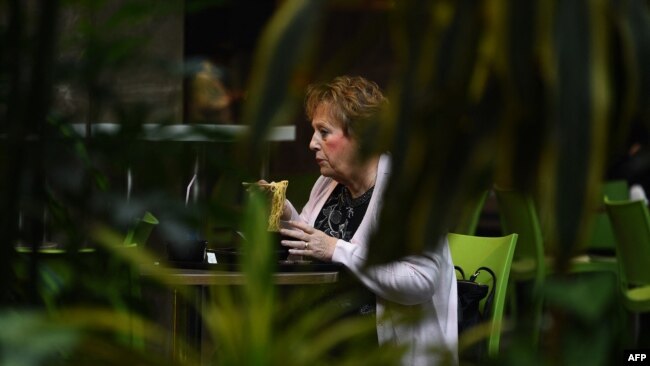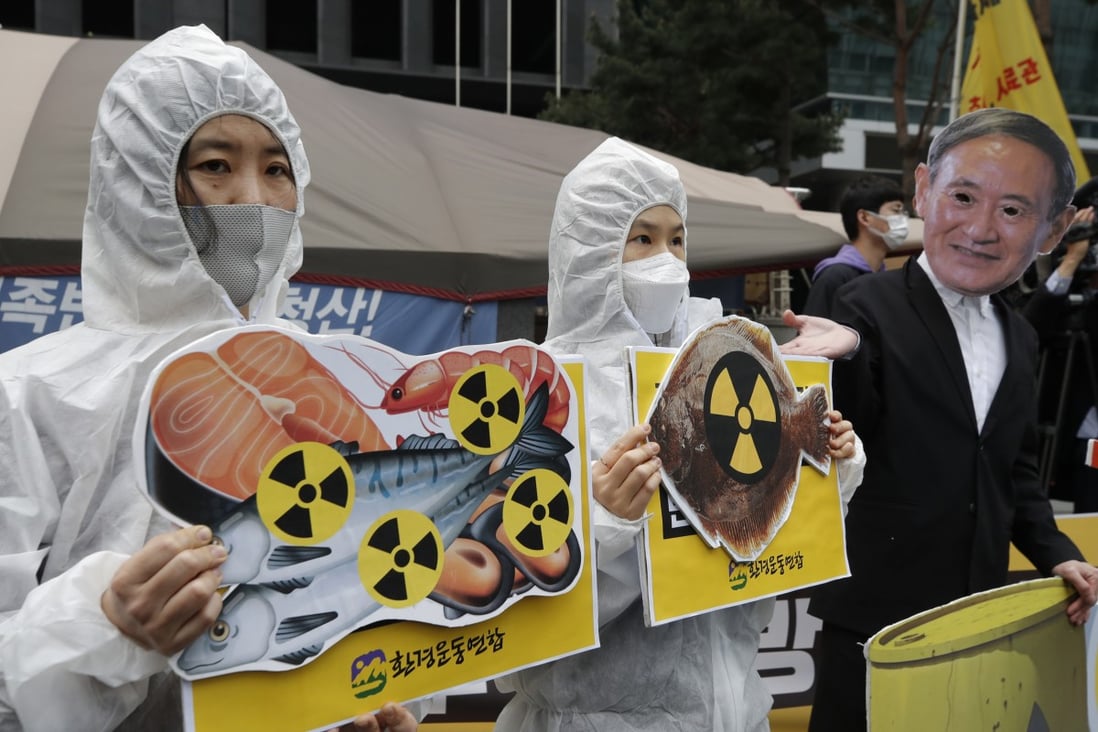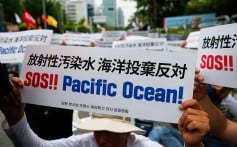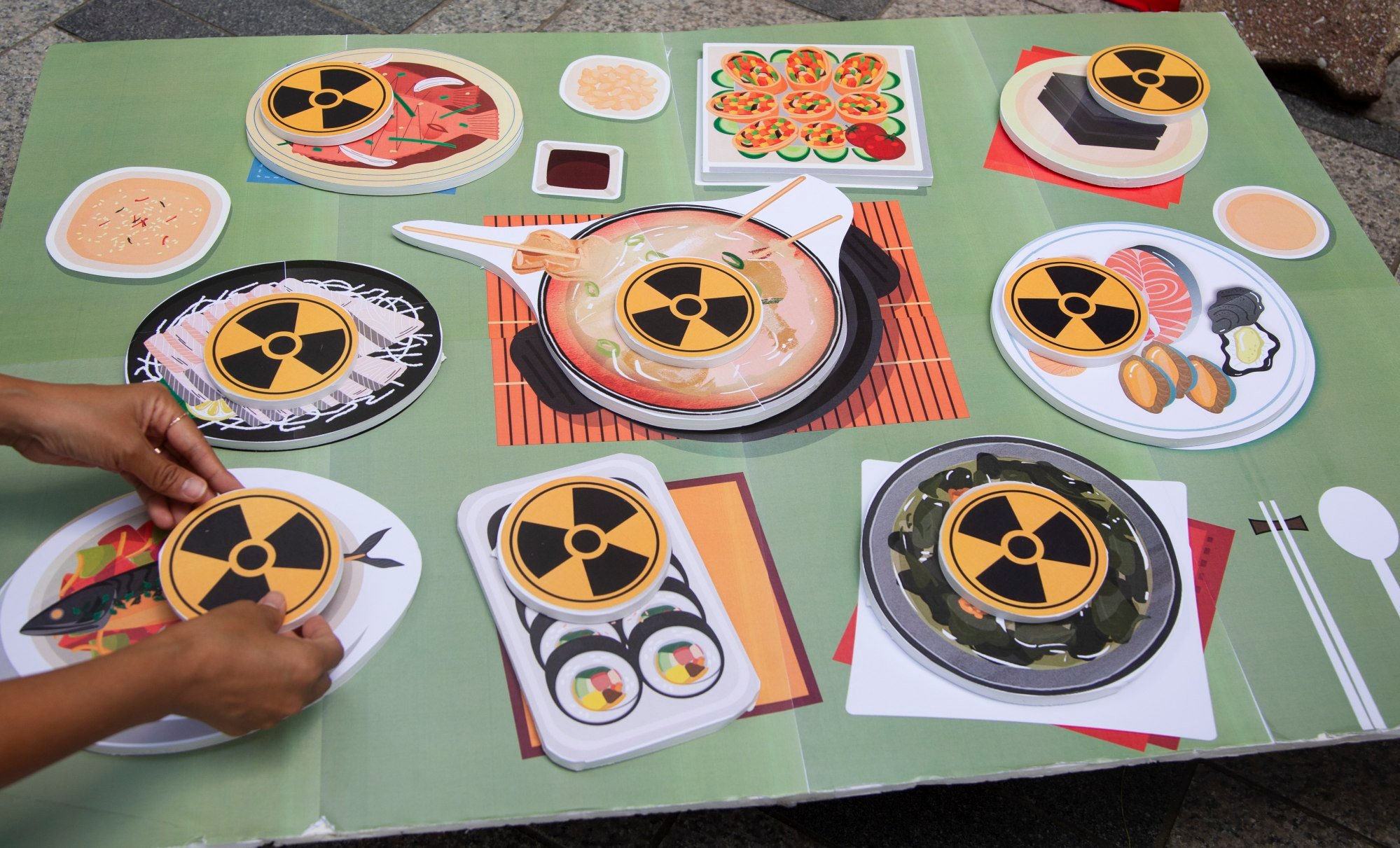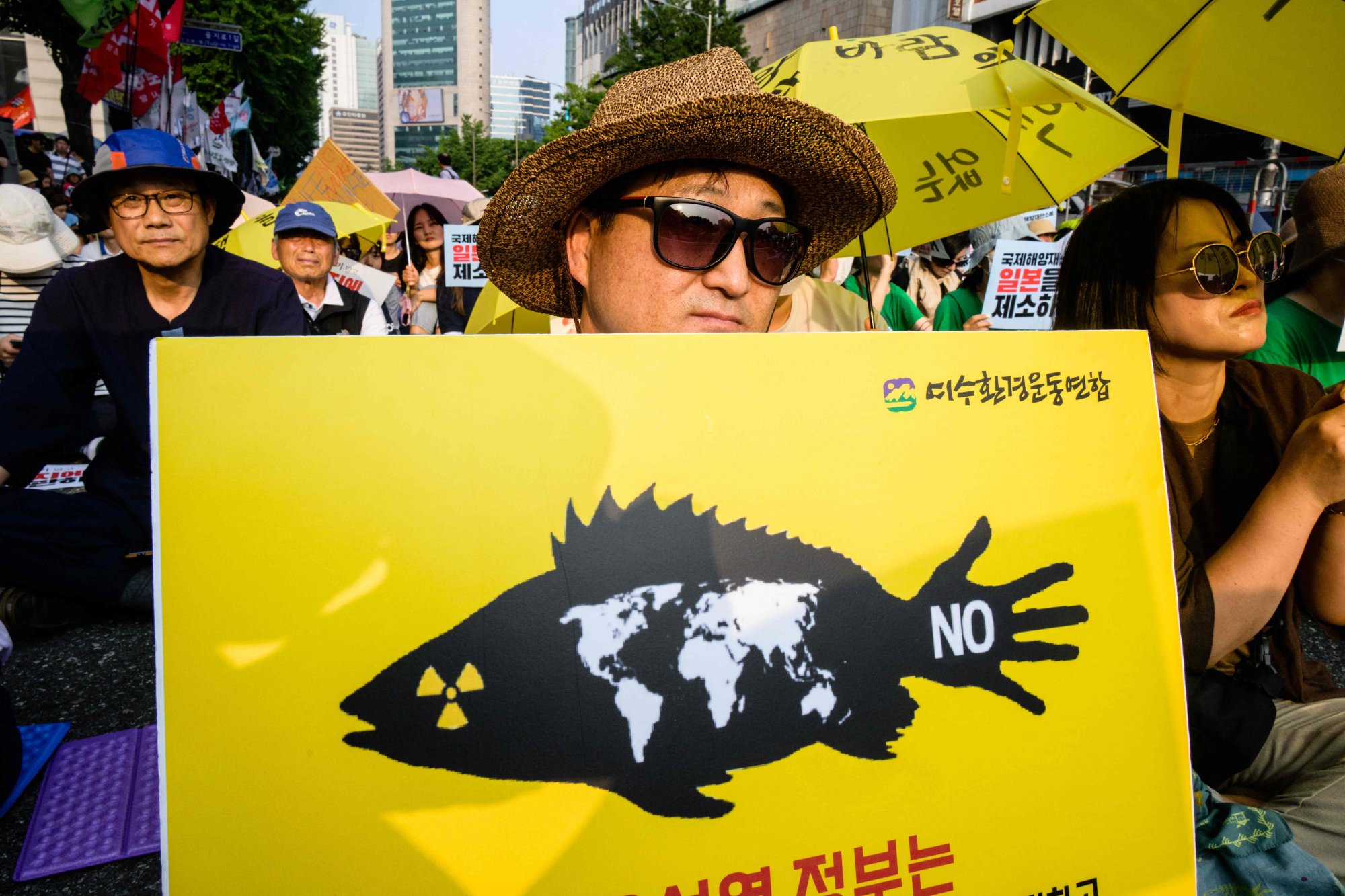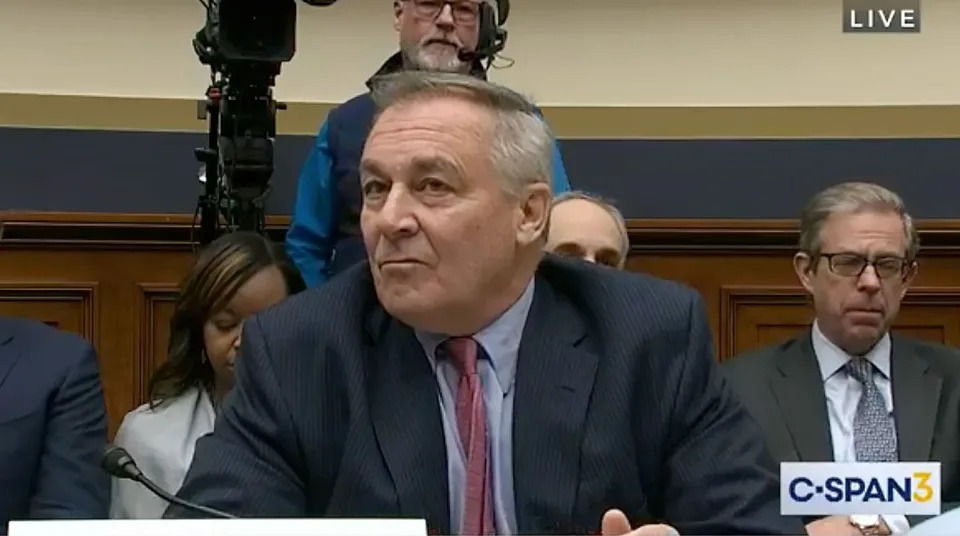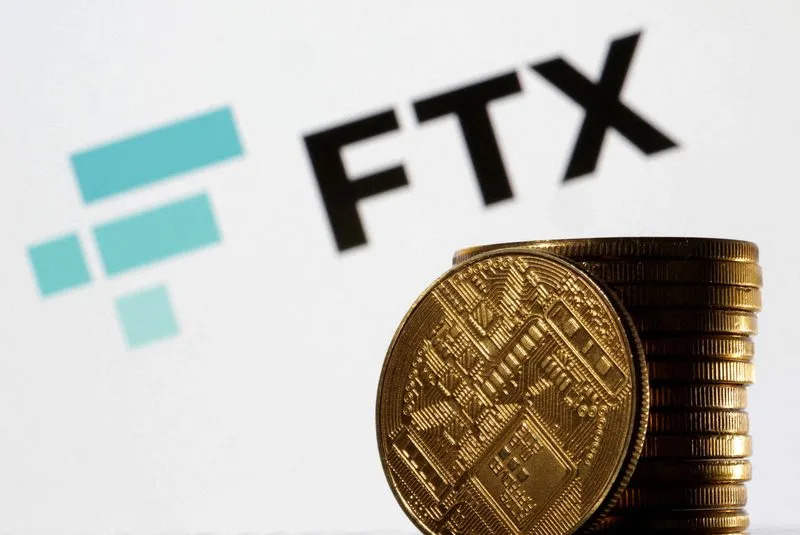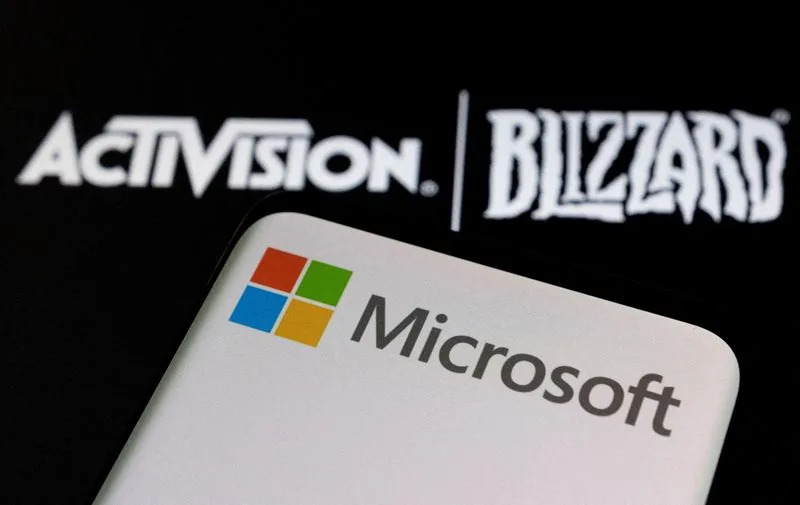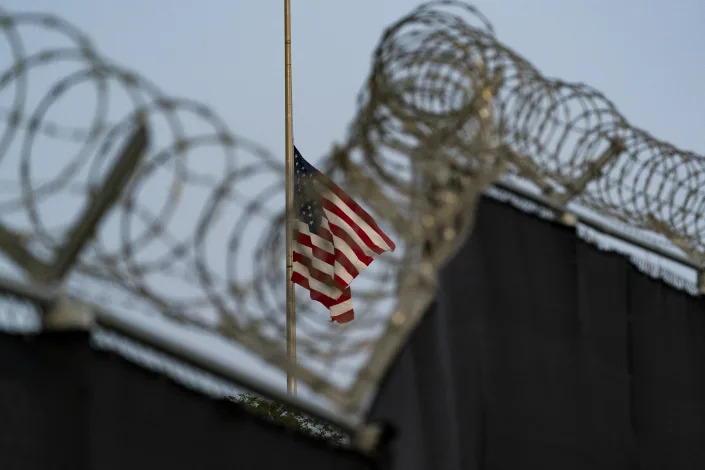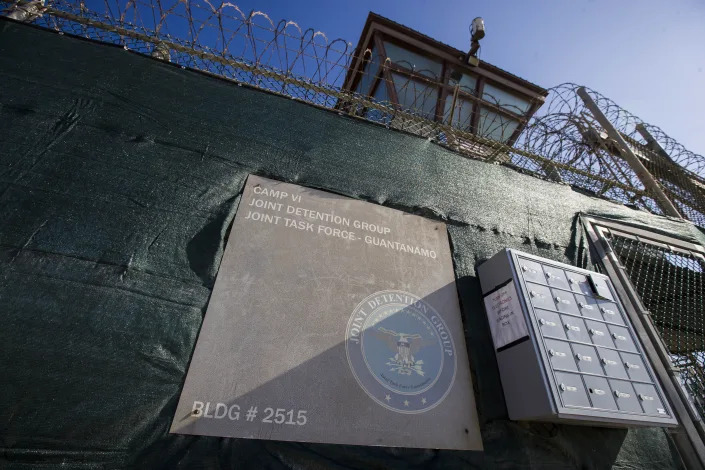Rum, lime, and sugar. On their own, each of these ingredients have marked important developments throughout human history. When shaken together, they create a refreshing, translucent elixir enjoyed by Ernest Hemingway, John F. Kennedy, Facundo Bacardi, and Fidel Castro. While people have crudely mixed rum with lime and sugar since European colonization, the daiquiri rose to prominence as a direct result of the American imperial project in the Caribbean during the burgeoning classic cocktail age from 1860 to 1920. More so than the Cuba Libre (rum, Coca-Cola, and lime), the daiquiri has endured as a cultural touchstone, connecting people downing the frozen variety on Bourbon Street in New Orleans with those sipping a classic one in Havana.

The daiquiri is a product of the history of empire in the Caribbean. Ian Seavey
Delicate yet bold, versions of the daiquiri are found in various cocktail books of the 1910s, but the most widely circulated was in Hugo Ensslin’s iconic 1916 tome, Recipes for Mixed Drinks. Ensslin, a German immigrant and New York bartender, initially referred to the drink as the Cuban cocktail, but subsequent editions called it the daiquiri. While Ensslin was correct about the daiquiri originating in Cuba, its origins are more muddled. Since there is no such thing as a cocktail archive, the colorful and often fictitious tales about the drink’s creation have mostly survived through oral histories and recipe books.
The most widely accepted story claims that Jennings Cox, an American engineer, created the drink around 1898, after the American invasion of Cuba during the War of 1898. Cox managed mines around the town of Daiquirí and with the workday complete, he invited a friend over for a drink to escape the scorching heat. Cox combined the local Cuban rum (most likely Bacardi), with lime, sugar, and ice in a cocktail shaker and gave it a forceful shake. His guest was enthralled with the drink and asked what it was called. Surprised, Cox admitted the potion had not yet been named but thought it resembled something close to a rum sour. His guest scoffed at the underwhelming tone of “rum sour” and instead suggested calling it a “daiquiri” for the town where they worked. Thus, the daiquiri was born.
Jennings Cox admitted the potion had not yet been named but thought it resembled something close to a rum sour.
Alternative accounts profess that Cox’s guest was actually Facundo Bacardi, the patriarch and creator of Bacardi rum. Bacardi began distilling rum in his hometown of Santiago de Cuba in 1862. Seeking a clearer and more drinkable rum, he discovered a new way to filter the spirit through charcoal. This process revolutionized a stagnant industry of whom pirates, paupers, and slaves were thought to be the primary consumers. Bacardi’s light rum became the standard for Cuban rum—versatile enough to sip neat while also working well in a mixed drink.
During the Spanish-American War, American soldiers quickly developed a taste for Bacardi rum and subsequently daiquiris. As with many other histories of US empire, the military was responsible for transplanting parts of local culture, in this case drink, back to the mainland. It took about 10 years for the daiquiri to catch on in the United States, but by 1909, the Army Navy Club in downtown Washington, DC, had been renamed the Daiquiri Lounge. This solidified the daiquiri as a proper American cocktail despite relying on distinctly Cuban ingredients.
A decade later, after the 18th Amendment and the Volstead Act outlawed the manufacture and sale of intoxicating liquors, thirsty Americans turned toward their Caribbean empire to find a legal drink. With Prohibition virtually unenforceable in Cuba, Puerto Rico, and the Virgin Islands, the colonies saw a wave of new tourism, bringing with it economic and environmental exploitation. Absentee American sugar companies bought up land and often abused local populations in those islands to produce sugar, rum, and other commodities cheaply.
Some colonial tipplers like Ernest Hemingway decided to emigrate and rode out Prohibition one daiquiri at a time. Constantino Ribalaigua Vert owned and operated Hemingway’s favorite bar, El Floridita, in Havana, Cuba. Dubbed the dean of Cuban bartenders, Vert popularized the frozen daiquiri. After shaking the components with cubed ice in a cocktail shaker, he strained the mixture over a mound of crushed ice, instead of serving it up (with no ice) as most recipes called for. Vert’s frozen daiquiri quenched the thirst of numerous local Cubans and American tourists. Hemingway was known to down 7 to 10 of them after he finished writing for the day. His writing and cult of personality increased the drink’s popularity among Americans throughout the 1930s and 1940s.
World War II hampered rum production in the Caribbean with German U-boats threatening transatlantic commerce. After the war, rum production grew exponentially, but many Cubans were increasingly dissatisfied with Americans’ continued exploitation of the local population. When Fidel Castro ushered in the Cuban Revolution in 1959, he sought to nationalize the rum industry to increase the legitimacy of his government. Bacardi rum had historically been one of the most profitable Cuban businesses, but the family detested Castro’s revolution. Declared traitors for supporting the previous US-backed dictator, Fulgencio Batista, the Bacardi family abandoned the distilleries and their equipment in Cuba and fled to Puerto Rico in 1961 to continue operations. A once proudly Cuban company, Bacardi still manufactures all its rum outside of Cuba today.
This new, distinctly American version of the daiquiri has little in common with Vert’s original concoction.
The daiquiri too became a casualty of the Cold War. As relations with Cuba soured in the late 50s and early 60s, Americans created a new version of the drink that eliminated the nuance of the original cocktail, part of a more general trend towards American consumers eating and drinking more easily accessible processed foods. The daiquiri fell victim to this trend as many bars and restaurants began serving frozen premade mixes that included a number of cloyingly sweet syrups. This new, distinctly American version of the daiquiri has little in common with Vert’s original concoction and virtually all remembrance of the elegant, Cuban-created drink faded from American popular memory. A resurgence of cocktail culture in the 1990s, spearheaded by American bartender Dale DeGroff, ushered in the daiquiri’s comeback. Ultimately, the daiquiri is a part of the enduring cultural legacy of American imperialism in the Caribbean, enjoyed by tourists and locals alike.
So, the next time you want to quench your thirst on a hot day, make a daiquiri or two. But remember its history. Cheers/salud!
RECIPE

Daiquiri
2oz light rum
3/4 oz lime juice
1/2 oz of sugar or simple syrup
Mix all components in a cocktail shaker with cubed or crushed ice and shake vigorously for 10-15 seconds or until ice cold. Strain into a chilled coupe or cocktail glass and garnish with a lime wheel.
Editor’s Note: This article originally misidentified Hugo Ensslin’s Recipes for Mixed Drinks (1916) as the first mention of the daiquiri.

